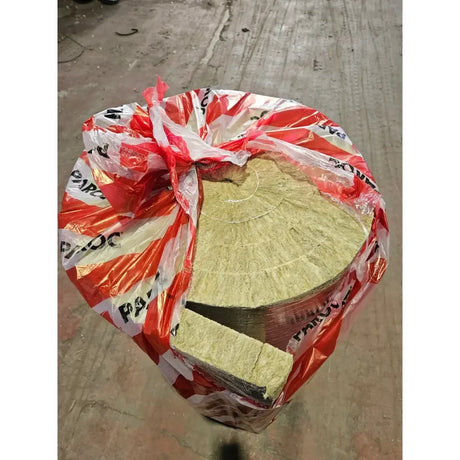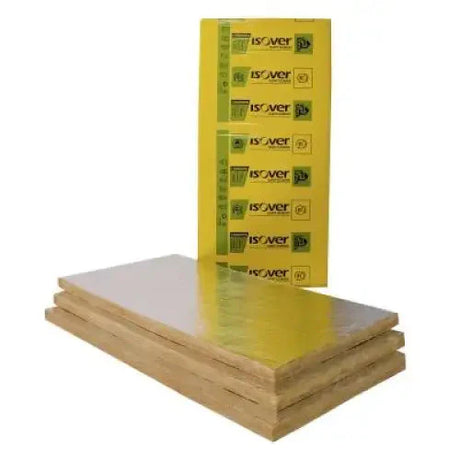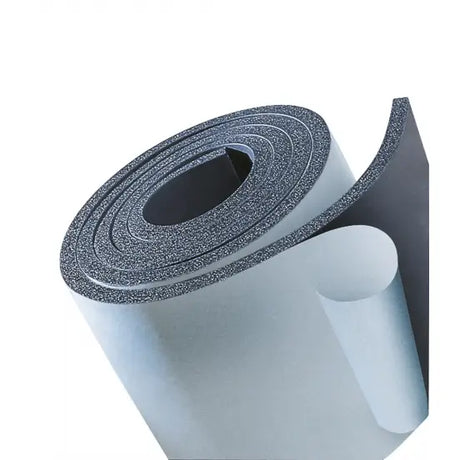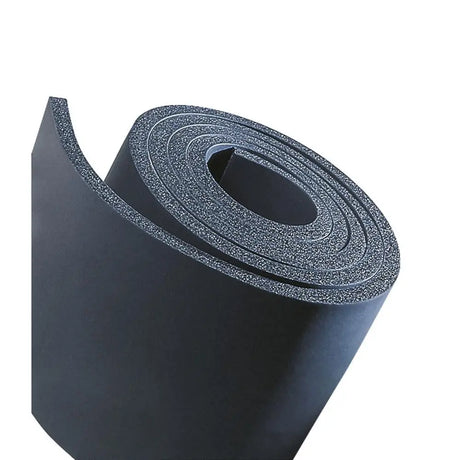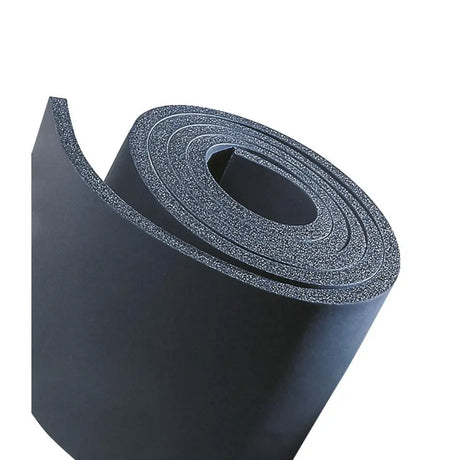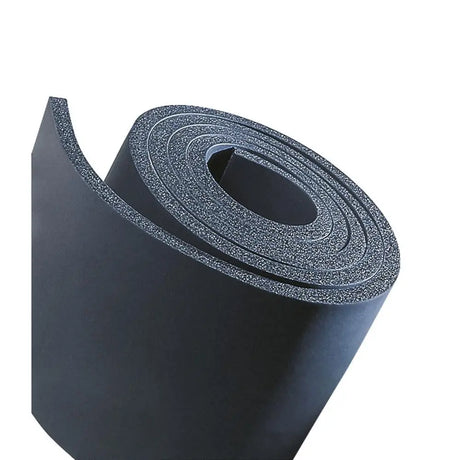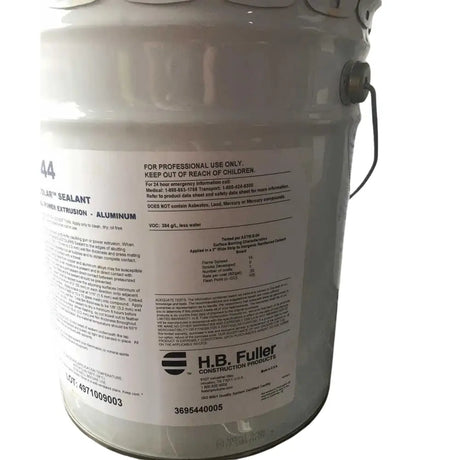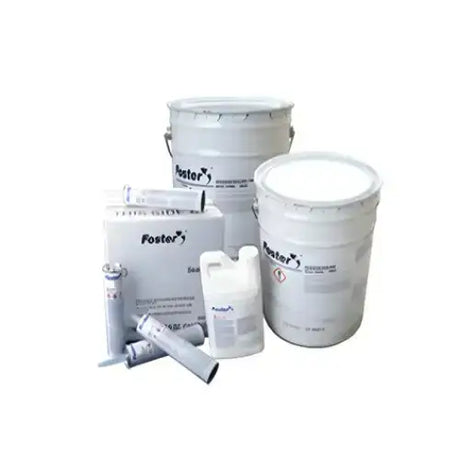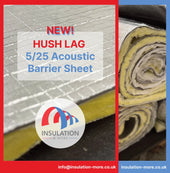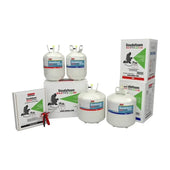Types of Waterproof Sealants
Introduction
When it comes to protecting structures from the damaging effects of water, waterproof sealants are nothing short of a knight in shining armour. These sealants are the unsung heroes that keep our homes, roads, and buildings safe from the relentless assault of the elements. But how do these trusty products work their magic, you might wonder? They do so by forming a resistant barrier that denies entry to even the most persistent water molecules.
Choosing the right type of waterproof sealant isn't just a good idea—it's crucial. It's like picking the right tool for a job; you wouldn't use a hammer to screw in a lightbulb, would you? Similarly, different sealants are designed for different environments and materials—get it wrong, and you might find yourself back at square one, with the added frustration of time lost and possibly more damage to contend with.
Silicone-Based Waterproof Sealants
What are Silicone-Based Sealants?
Silicone-based sealants are like the Swiss Army knife in the world of sealants—versatile and ready for action. They're made from a type of polymer that is both flexible and watertight, making them an excellent choice for a wide range of applications.
Advantages of Silicone-Based Sealants
What's so great about silicone, you ask? For one, it's as tenacious as a terrier—once it latches onto a surface, it's not letting go without a fight. It can withstand high temperatures and is unfazed by UV light, meaning the sun can beat down on it all day long, and it'll still keep your surfaces dry as a bone.
Common Applications for Silicone-Based Sealants
You'll find silicone-based sealants strutting their stuff in bathrooms, kitchens, and even on the exterior of buildings. They're the go-to for sealing joints in tiles, around sinks, bathtubs, and window frames—anywhere you need a strong, flexible seal that's going to last.
Tips for Applying Silicone-Based Sealants
Applying silicone sealant is not rocket science, but there are a few tips that can help you achieve a finish as smooth as a con artist. Make sure the surface is clean, dry, and free of any old sealant. Cut the nozzle at a 45-degree angle for a smooth application, and use a sealant gun to apply steady pressure. After application, smooth it out with a wet finger or a sealant tool for that professional touch.
Polyurethane-Based Waterproof Sealants
What are Polyurethane-Based Sealants?
Polyurethane-based sealants are the tough cookies of the sealant world. They are formed from a reaction between a polyol and an isocyanate, resulting in a highly durable material that's perfect for areas that need a bit of muscle.
Advantages of Polyurethane-Based Sealants
One of the standout features of polyurethane is its Herculean strength. It's resistant to abrasion, which means it doesn't throw in the towel when faced with heavy foot traffic or the occasional scuff. Plus, it's flexible enough to absorb movements and vibrations, making it an excellent choice for areas that see a lot of action.
Common Applications for Polyurethane-Based Sealants
Polyurethane sealants are often seen in industrial settings, flexing their muscles on floors, in parking garages, and on bridges. They're also used on roofs, around windows, and doors, and can even be used for marine applications.
Tips for Applying Polyurethane-Based Sealants
When applying polyurethane sealant, it’s like setting up a tea party—you want everything in its place before you start. Ensure the surface is clean, and any old sealant is removed. You'll need a caulking gun, and a bit of patience to apply it evenly. It can be a bit of a sticky wicket, so wear gloves and have some mineral spirits handy for any spills.
Acrylic-Based Waterproof Sealants
What are Acrylic-Based Sealants?
Acrylic-based sealants are the friendly neighbours of the sealant community. They're water-based, which makes them less toxic and easier to work with than some of their chemical-laden cousins.
Advantages of Acrylic-Based Sealants
Acrylic sealants are like a good cuppa—they do the job without a fuss. They’re paintable, which means you can easily blend them into your decor, and they're also breathable, allowing for any trapped moisture to escape, thus preventing the dreaded mould from moving in.
Common Applications for Acrylic-Based Sealants
These sealants are commonly used indoors—think along the edges of skirting boards, around window frames, and in cracks and crevices that need a bit of a fill before painting over.
Tips for Applying Acrylic-Based Sealants
Applying acrylic sealant is as easy as pie. Make sure the area is dust free and dry. Cut the tip to the size you need, and squeeze away. If you make a bit of a mess, don’t panic! It’s water-soluble while wet, so you can clean it up with a damp cloth.
Butyl Rubber-Based Waterproof Sealants
What are Butyl Rubber-Based Sealants?
Butyl rubber-based sealants are the heavyweight champions in the sealant world. They're synthetic rubber with a sticky, viscous consistency, making them super effective at sticking to most materials.
Advantages of Butyl Rubber-Based Sealants
The main advantage of butyl rubber is its incredible water resistance. It's like a raincoat for your building—water just beads off it. It's also a fantastic insulator and can absorb sound, making it a popular choice for industrial applications.
Common Applications for Butyl Rubber-Based Sealants
You'll often find butyl rubber sealants used in roofing applications, sealing around chimneys and vents, and in gutters. It's also used in HVAC systems and for sealing joints in foundations and concrete.
Tips for Applying Butyl Rubber-Based Sealants
Using butyl rubber sealant can be a sticky situation, but with the right preparation, it's a walk in the park. Clean the surface thoroughly and apply the sealant with a caulking gun. You'll want to wear gloves as it's quite tacky, and smoothing it out can be done with a spatula dipped in soapy water for a slick finish.
Polyethylene-Based Waterproof Sealants
What are Polyethylene-Based Sealants?
Polyethylene-based sealants are the new kids on the block in the sealant world. They're a type of plastic sealant that's gaining popularity for their versatility and durability.
Advantages of Using Polyethylene-Based Sealants
The biggest draw for polyethylene sealants is their flexibility. They can stretch and move without losing their grip, which makes them ideal for areas subject to movement. They're also resistant to chemicals and UV light, so they won't fade away into the sunset after a few seasons.
Common Applications for Polyethylene-Based Sealants
These sealants are often used in construction, particularly for sealing joints in walls and floors where a watertight, airtight seal is required. They're also used in the automotive industry and for sealing cables and pipes.
Tips for Applying Polyethylene-Based Sealants
Applying polyethylene-based sealants is not much different from other types. Cleanliness is next to godliness, so ensure your surfaces are immaculate. Use a sealant gun to apply the sealant and smooth it out with a tool designed for the job. It sets quite quickly, so work with a sense of purpose, but don't rush—it's not a race, after all.
Modified Bitumen-Based Waterproof Sealants
What are Modified Bitumen-Based Sealants?
Modified bitumen-based sealants are like the seasoned veterans of the sealant world, having been around the block a few times. They're a blend of traditional bitumen, or asphalt, with modifiers that give them extra flexibility and durability.
Advantages of Using Modified Bitumen-Based Sealants
What sets these sealants apart is their resilience. They're a bit like a sturdy pair of wellies—perfect for trudging through all weather conditions. Their ability to withstand temperature fluctuations without cracking is commendable, and they adhere well to a variety of surfaces.
Common Applications for Modified Bitumen-Based Sealants
Modified bitumen is the star player in roofing, particularly in flat roofs where pooling water can be a problem. It's also used to repair cracks in roadways and pavements, as well as in waterproofing membranes for foundations.
Tips for Applying Modified Bitumen-Based Sealants
Applying this type of sealant requires a bit more elbow grease and preparation. Surfaces need to be primed properly, and the sealant is often applied hot, so it's not your typical DIY task. Professional application is recommended, and remember, safety first—hot bitumen can be a hazard.
Epoxy-Based Waterproof Sealants
What are Epoxy-Based Sealants?
Epoxy-based sealants are the brainiacs of sealants—smart, strong, and reliable. They're made of two parts that, when mixed together, create a chemical reaction resulting in a tough, durable bond.
Advantages of Using Epoxy-Based Sealants
Epoxy is like the sumo wrestler of sealants—it's incredibly strong and can handle a lot of pressure. It's also resistant to chemicals, heat, and wear. Once cured, it's as solid as a rock, making it ideal for heavy-duty applications.
Common Applications for Epoxy-Based Sealants
Epoxy makes a name for itself in industrial flooring, in garages and warehouses where floors need to be tough as nails. It's also used for sealing cracks in concrete and as a structural adhesive in building construction.
Tips for Applying Epoxy-Based Sealants
When it comes to epoxy, timing is everything. You need to mix the two components accurately and use them within the specified 'pot life.' Once applied, you won't have much time to dilly-dally, so plan your work and work your plan. And remember, ventilation is key—it's potent stuff.
Application Techniques for Waterproof Sealants
Different Methods for Applying Waterproof Sealants
Applying waterproof sealants is an art form, with various techniques to suit different tasks. From brushing and rolling to spraying and extruding, there’s a method for every situation.
Best Practices for Preparing Surfaces Before Application
The golden rule for sealant application is this: preparation is paramount. A clean, dry, and dust-free surface will ensure your sealant sticks like glue. Some surfaces may require priming or sanding, so make sure to do your homework before you start.
Proper Storage and Handling of Waterproof Sealants
Sealants can be like a fine wine—they need to be stored properly to maintain their quality. Keep them in a cool, dry place and make sure to check the expiry date. When handling sealants, especially those with strong fumes, ensure you have adequate ventilation and consider wearing protective gear.
Safety Precautions When Working With Waterproof Sealants
Safety should never take a backseat. When working with sealants, always read the manufacturer's instructions. Wear gloves, goggles, and masks if necessary, and keep a first aid kit handy. Remember, it's better to be safe than sorry.
Factors to Consider When Choosing a Waterproof Sealant
Environmental Conditions
When picking a sealant, think about the weather it'll face—is it going to be exposed to the blazing sun or sub-zero temperatures? Some sealants are like sunbathers, while others are more like polar bears, so choose one that suits the climate.
Surface Material Compatibility
Not all sealants play nicely with every material—some are picky eaters. Will the sealant adhere properly to the surface in question? It's essential to pick a sealant that's compatible with the materials you're working with, or you might face disappointment.
Durability and Longevity
Ask yourself, how long do you need the sealant to last? Is it a temporary fix, or are you looking for a long-term solution? The lifespan of a sealant can vary, so select one that aligns with your expectations.
Application Method and Ease of Use
Do you need something quick and easy to apply, or are you prepared for a more complex process? Some sealants require special tools and techniques, while others are more user-friendly. Ensure the application method is within your skillset or budget for professional help if needed.
Cost Considerations
Let’s not beat around the bush—cost matters. But remember, the cheapest option isn’t always the best in the long run. Weigh the initial cost against the expected performance and lifespan to ensure you’re getting value for money.
Conclusion
Now that we've navigated the sea of waterproof sealants together, you should feel equipped to make an informed choice. Remember, each type has its strengths and ideal applications, and selecting the right one can make all the difference.
When in doubt, don't wing it—seek professional advice. After all, it's the integrity of your structure at stake, and a well-sealed building is a happy building.
References
To ensure the information provided is as solid as the sealants we've discussed, here's a list of resources that were consulted:
- "Understanding Waterproof Sealants" from The Pipe & Duct Lagging Expert
- "Types of High Temp Mastics" and "Sealant Application Techniques"
- Information on "Mastics for Furnace Insulation" and "Maintenance for Fire Resistant Coverings"
- Insights from articles on "Chemical Resistance of Mastics" and "Eco-Friendly Waterproof Sealants"
- And various other articles from The Pipe & Duct Lagging Expert blog, where the blend of experience and expertise is as reliable as the products they discuss.





